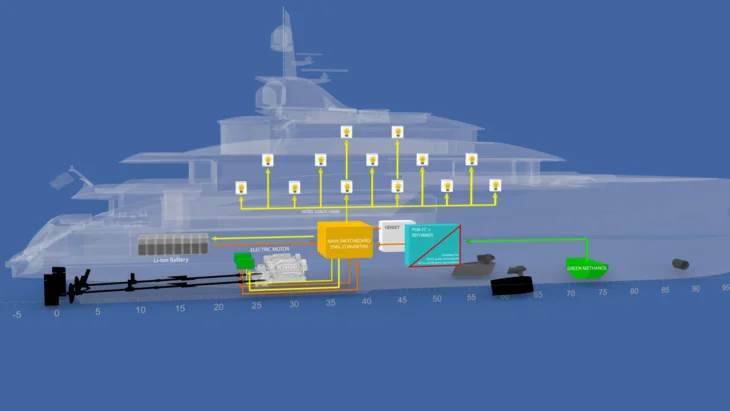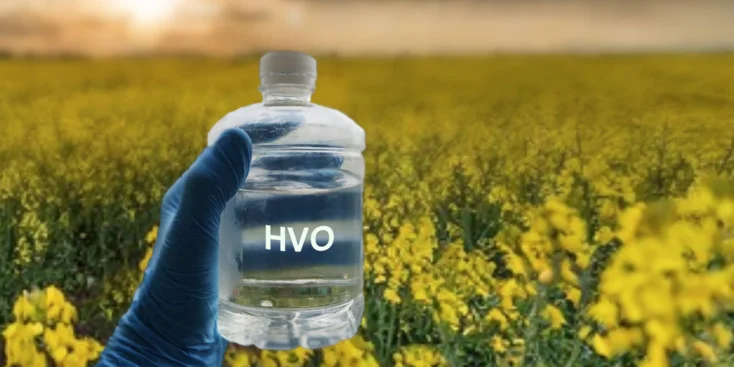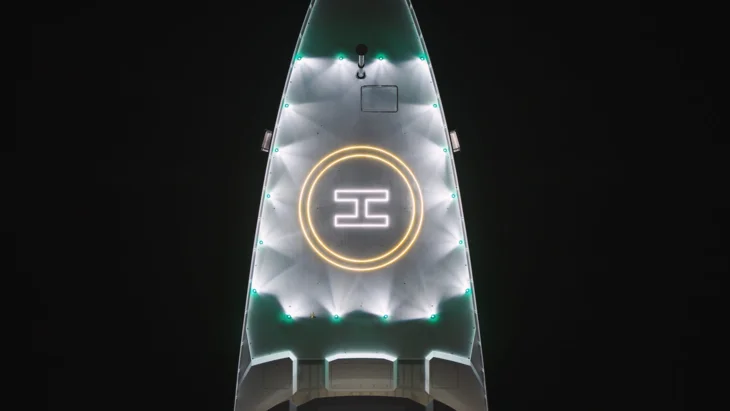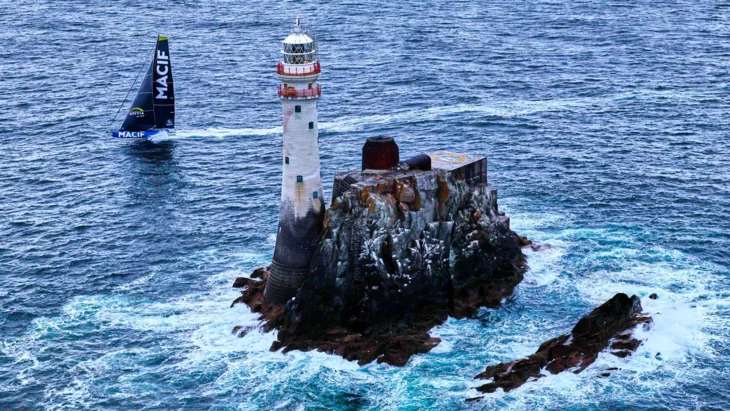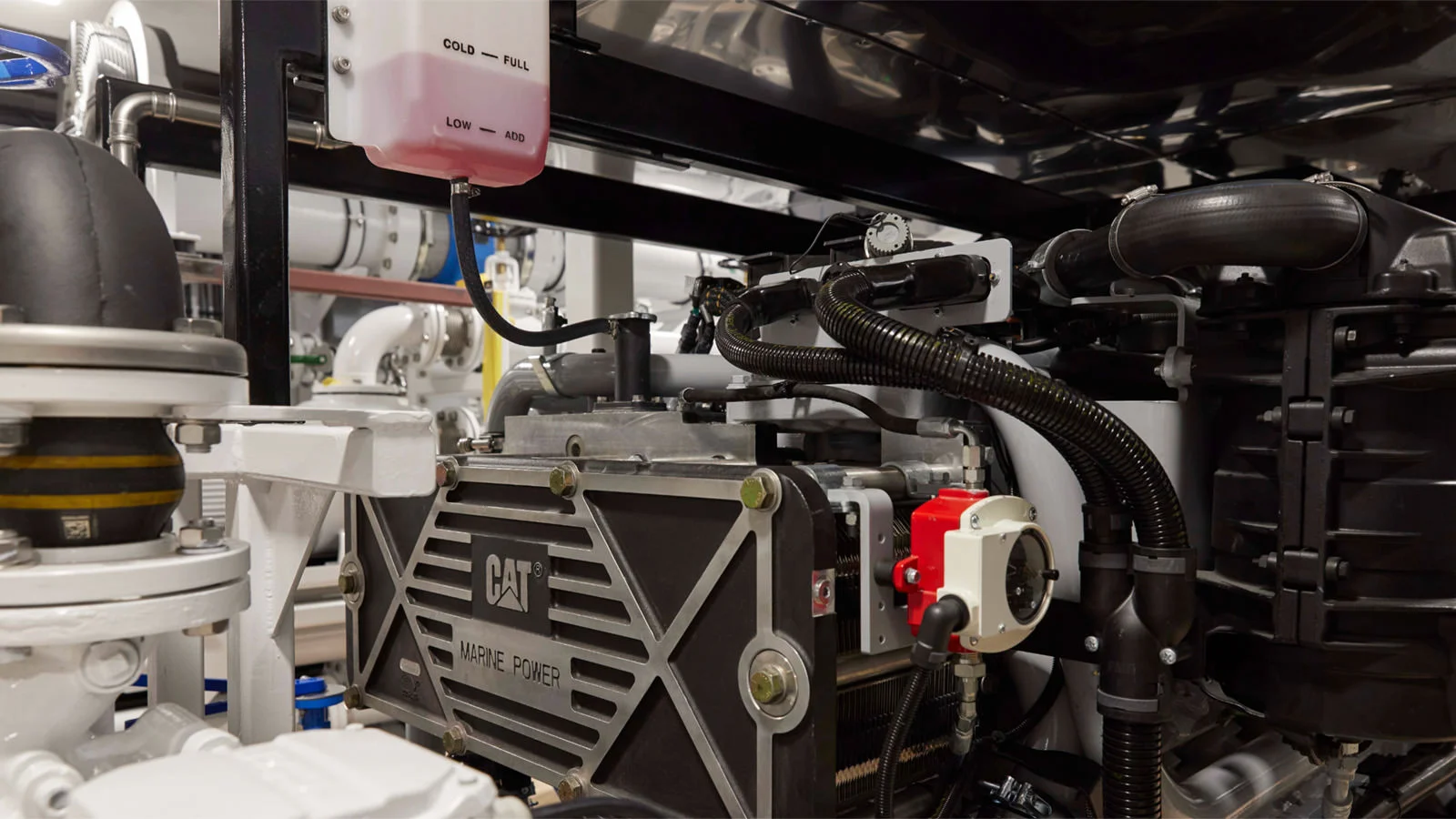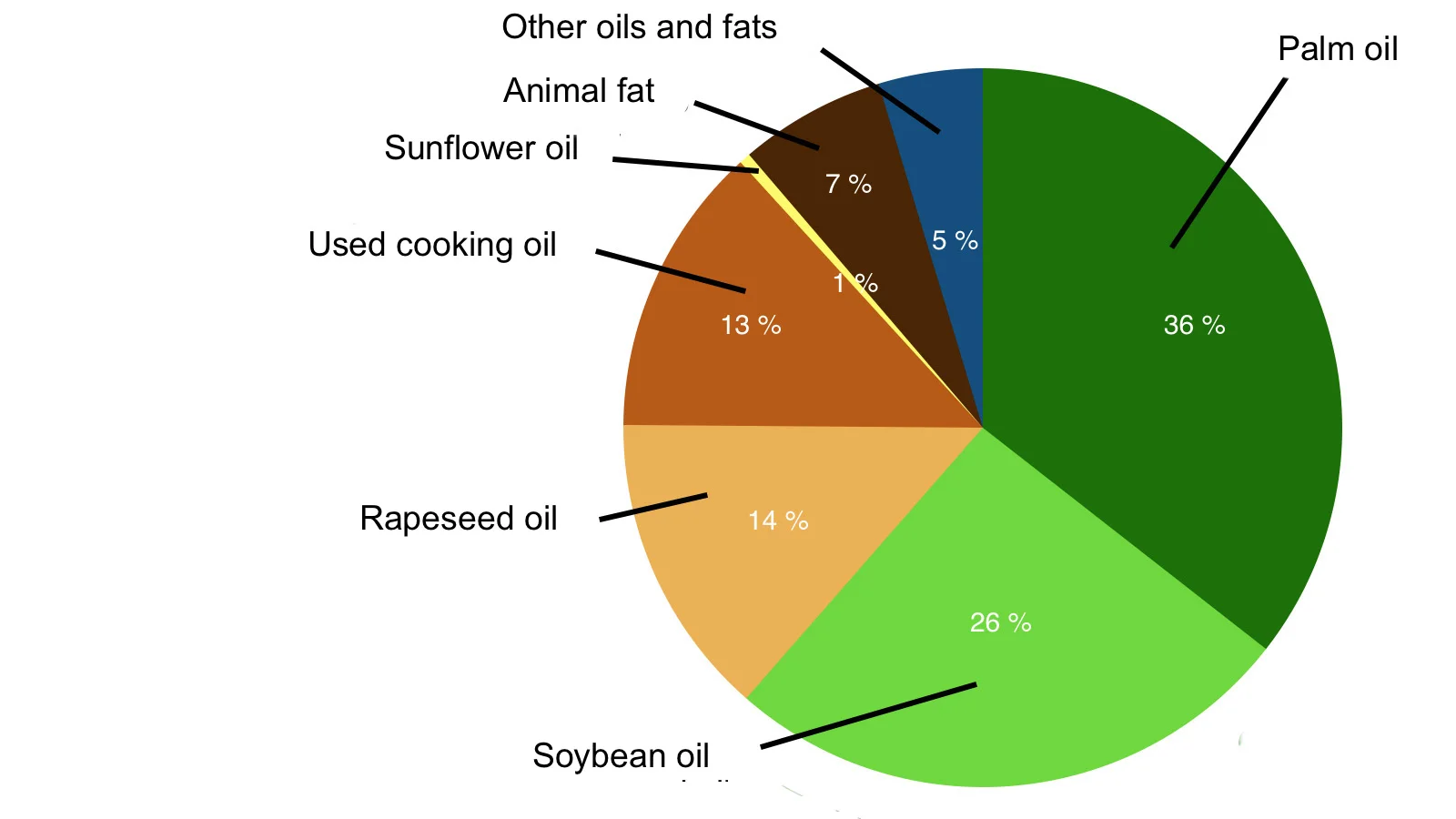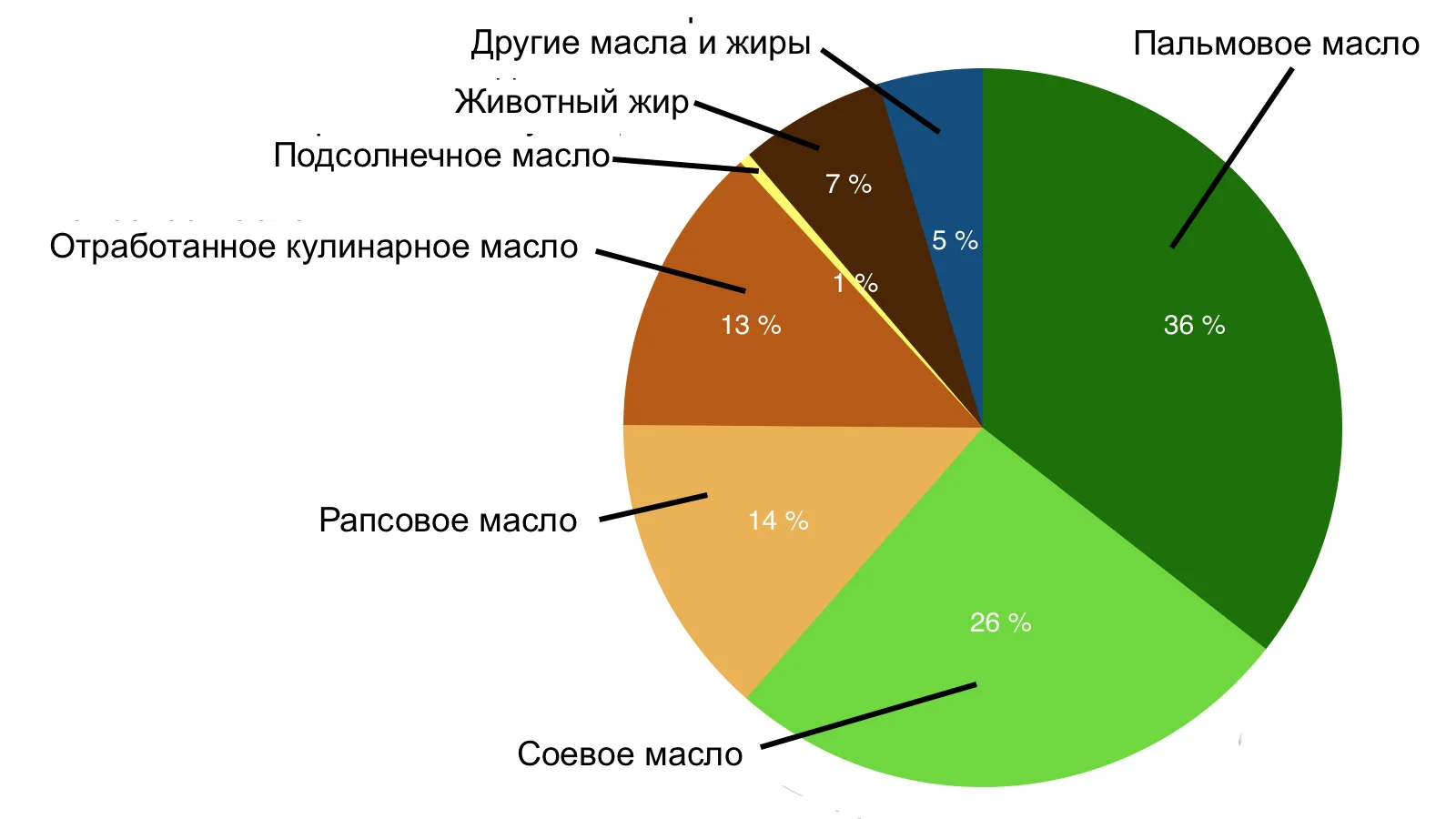
Environmental sustainability is a priority for a lot of countries. Switching to biofuels in the transport industry is seen as a way to improve environmental sustainability and combat pollution
However, the impact of yachting on greenhouse gas emissions is minimal, with only 0.7% and 0.4% contributions from the US and EU transport sectors respectively. Nonetheless, shipyard customers are increasingly demanding cleaner yachts.
HVO as a second generation biodiesel
Hydrotreated vegetable oil (HVO) is gaining attention as a greener option for yachts. It is almost chemically identical to fossil diesel and can reduce CO2 emissions by 65-90%. This makes HVO the fastest and easiest way to switch to more sustainable yachting. In contrast, the first generation biodiesel known as FAME (Fatty Acid Methyl Ester) has not met expectations as a marine fuel. FAME contains oxygen, leading to engine corrosion, filter clogs, and the appearance of diesel bugs when stored in tanks for long periods. To evoid these issues, FAME is only blended at a low levels with fossil fuels, rather than being used in its pure form. HVO is a promising solution for reducing emissions in the yachting sector without the weaknesses of FAME.HVO production, a technology used to produce a cleaner fuel, is more expensive than FAME. In this process, raw materials are heated with hydrogen and a catalyst, leading to the combination of oxygen and hydrogen to form water, which is later removed. The result is a much cleaner fuel without the disadvantages of FAME.
HVO can be directly used as a drop-in for fossil diesel without any significant modifications to the engine and it has a lifetime of up to 20 years. This makes HVO a promising option for green yachting. However, it should be noted that the use of HVO in the yachting industry is still experimental.
Feedstock for renewable biodiesel
HVO is a transparent, colourless, odourless liquid that is almost identical in chemical composition to the main component of mineral diesel fuel. HVO is produced from rapeseed, sunflower, palm, soybean oil, animal fats and waste, used cooking oil, cellulosic biomass and other sources.

What makes HVO environmentally friendly?
When HVO burns, it produces the same amount of carbon dioxide as mineral diesel. But the next crop of raw materials will absorb the released carbon dioxide. Fossil fuels, on the other hand, produce ‘extra’ CO2 that had remained underground before it was extracted.
HVO benefits
HVO burns cleaner than FAME and conventional diesel. It contains less sulphur and nitrogen oxides.
Unlike FAME, HVO can be used as a direct replacement for mineral fuels and can be mixed with the latter in any proportion. So if the yacht is in an area where HVO is not available, conventional diesel can be used.
HVO has a much better cold weather performance compared with the fossil diesel fuel.
Reducing CO2 emissions by 60-90 per cent is not the only idea to motivate boat owners to switch to the new, more expensive biofuel. The absence of fumes and odour will noticeably increase the comfort of the yacht's guests, who will be able to enjoy sailing without feeling the smell of exhaust emissions.
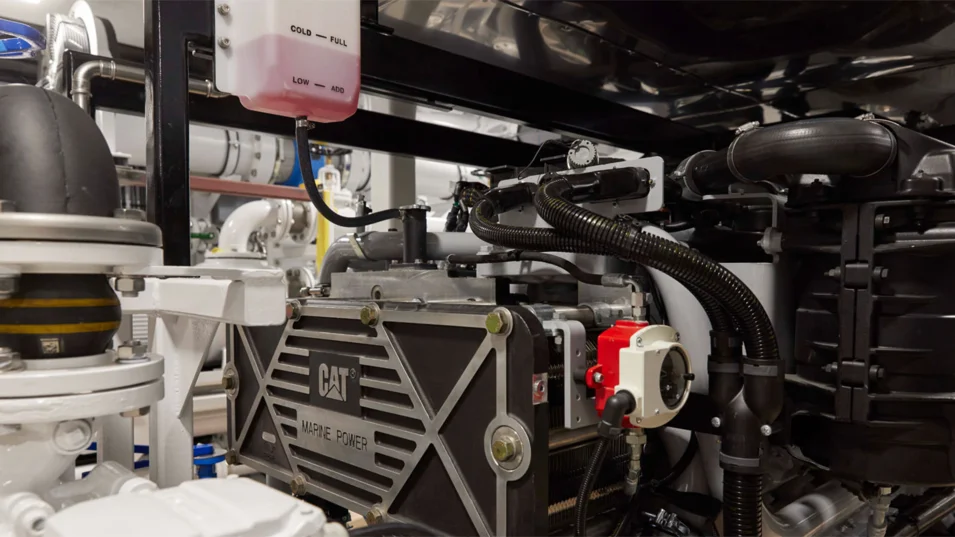
HVO technical disadvantages
There is only one, which is rather relative. The density of HVO is slightly lower than that of conventional diesel fuel, so it has slightly less energy. However, tests have shown that HVO does not affect the performance of the yacht, although it does increase fuel consumption by about 3 per cent. HVO is still a new technology in yachting and therefore faces different challenges.
Certification
To use HVO, it is necessary to get approval from engine and generator manufacturers and insurers. This process is gradually getting easier: a lot of major marine engine manufacturers such as Volvo Penta, MTU and Yanmar have approved the use of EN15940 standard HVO. Shipyards with environmental programmes incorporate the use of HVO into their specifications.
Some yachts in the Feadship fleet have already switched to HVO. Azimut-Benetti has announced a course towards the use of HVO by signing an agreement with Enilive for the supply of HVOlution. Williams has been offering tenders with Yanmar engines using HVO100 since the end of 2023.

HVO pricing
The price of HVO is currently 10-30% higher than that of conventional diesel, although this may vary depending on the country's tax incentives for biofuels. The hope is that in the future, HVO prices will become equal to those of regular fuels, but there are no indications of this happening yet. The high price and limited availability of HVO will hinder its consumption, and these factors are unlikely to change significantly due to the high production costs and competition for feedstock.
Another challenge for the industry is the volatility of feedstock prices, which makes it difficult for biofuels to compete with fossil fuels, especially during times of significant drops in oil prices like during the COVID-19 pandemic. However, the situation with HVO pricing is not as severe as in the aviation biofuel sector, where Sustainable Aviation Fuel (SAF) can be three to five times more expensive than conventional aviation fuel.
HVO and global risks
The use of used cooking oil as a source of biofuel is considered the most ethical option. However, the production of biofuels from crops grown specifically for fuel can lead to a "food versus fuel" conflict. This diversion of land and resources can affect food availability and prices. Another risk associated with biofuel production is the use of palm oil, which now accounts for 50% of the feedstock. Palm oil production contributes to soil degradation, deforestation and loss of wildlife. The European Commission aims to phase out the use of palm oil in transport fuels by 2030, but by then there could be irreversible impacts on these areas.
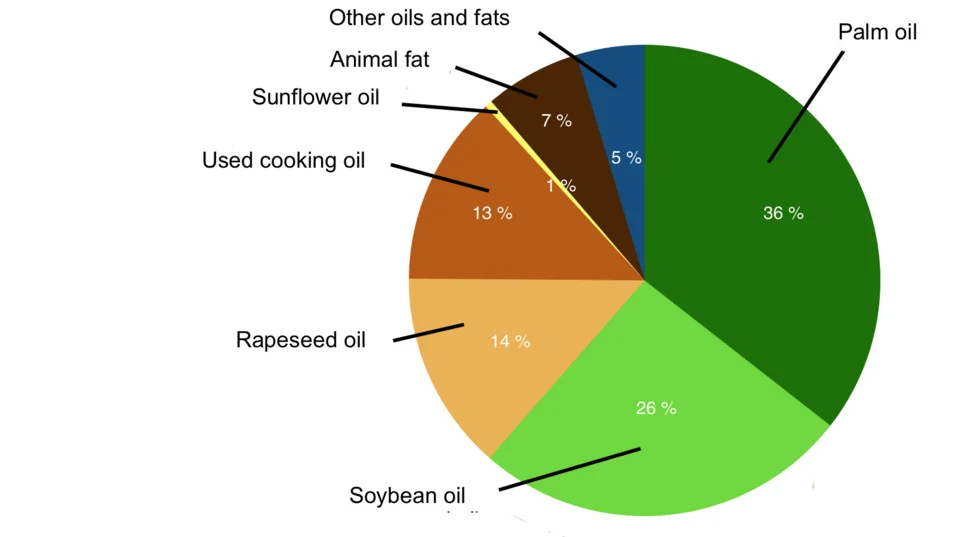
HVO production and availability
HVO production has reached 9.4 million tonnes in 2022, accounting for just over 0.5% of global diesel demand, which is estimated at 1.7 billion tonnes per year by the International Energy Agency. The leading countries in HVO production are the United States, the European Union, and Brazil. One of the market leaders in HVO production is Neste, a Finnish company that supplies about one-third of the world's HVO. Other producers include Eni, Chevron, BP, Cargill, Total, Beijing Sanju Preem Diamond Green Diesel, and Renewable Energy Group.
Large yachts are usually self-sufficient in terms of refuelling and fuel delivery. The switch to green fuel for medium and small yachts depends on the marina, and only a few marinas offer HVO. The availability of HVO outside the EU and the Mediterranean is also an issue. Demand is necessary for the development of HVO infrastructure, and for the demand to grow there has to be infrastructure , so the way out of this vicious circle may be government incentives and shipyard support for HVO.
You have successfully subscribed to our newsletter
